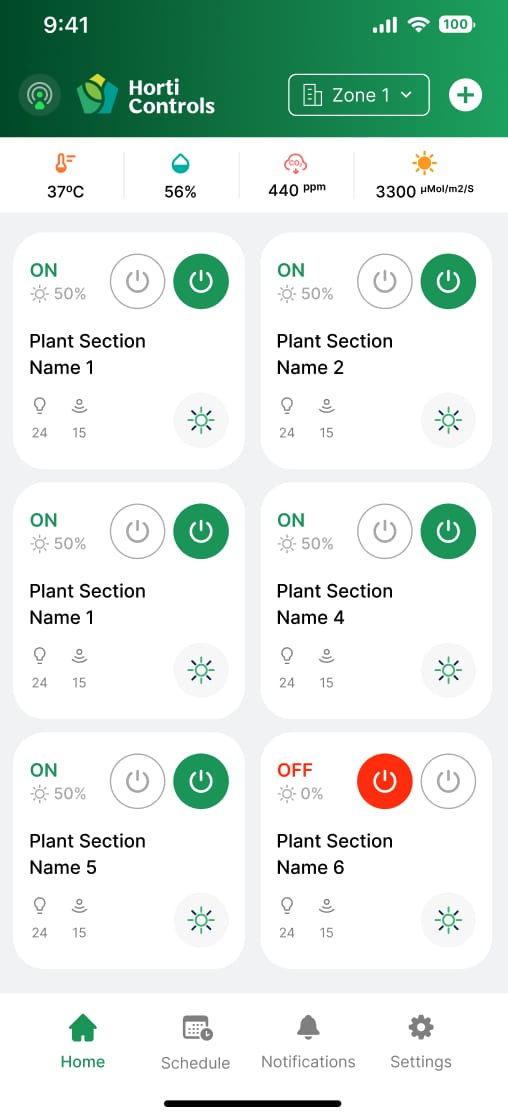- The Cosmicnode ThermoSense People Counting Sensor is a ceiling-mounted device that uses thermal imaging and AI to detect and count people, as well as track their movement.
- Privacy-preserving: The sensor does not collect any personal data, such as images or faces. It only detects the heat signatures of people, which is non-intrusive and GDPR compliant.
- Accuracy: The sensor uses a combination of technologies to accurately count people, including thermal imaging, artificial intelligence, and machine learning. This ensures that the data collected is highly accurate and reliable.
- Versatility: The sensor can be used to count people in a wide range of environments, including retail stores, offices, schools, and public spaces.
- Real-time data: The sensor provides real-time data on occupancy and traffic patterns, which can be accessed through the Cosmicnode cloud- based Infinity IoT platform. This allows businesses to track people movement and occupancy in real time, and to make informed decisions based on this data.
- Wireless mesh connectivity: The sensor uses Cosmicnode wireless mesh connectivity. This eliminates the need for cables, making the system easy to install and deploy.
- Easy to install and use: The sensor is easy to install and use, even for businesses without prior experience with people counting systems. The sensor can be mounted on a wall or ceiling. Ideal mounting height between 2.4m – 4.0m.




